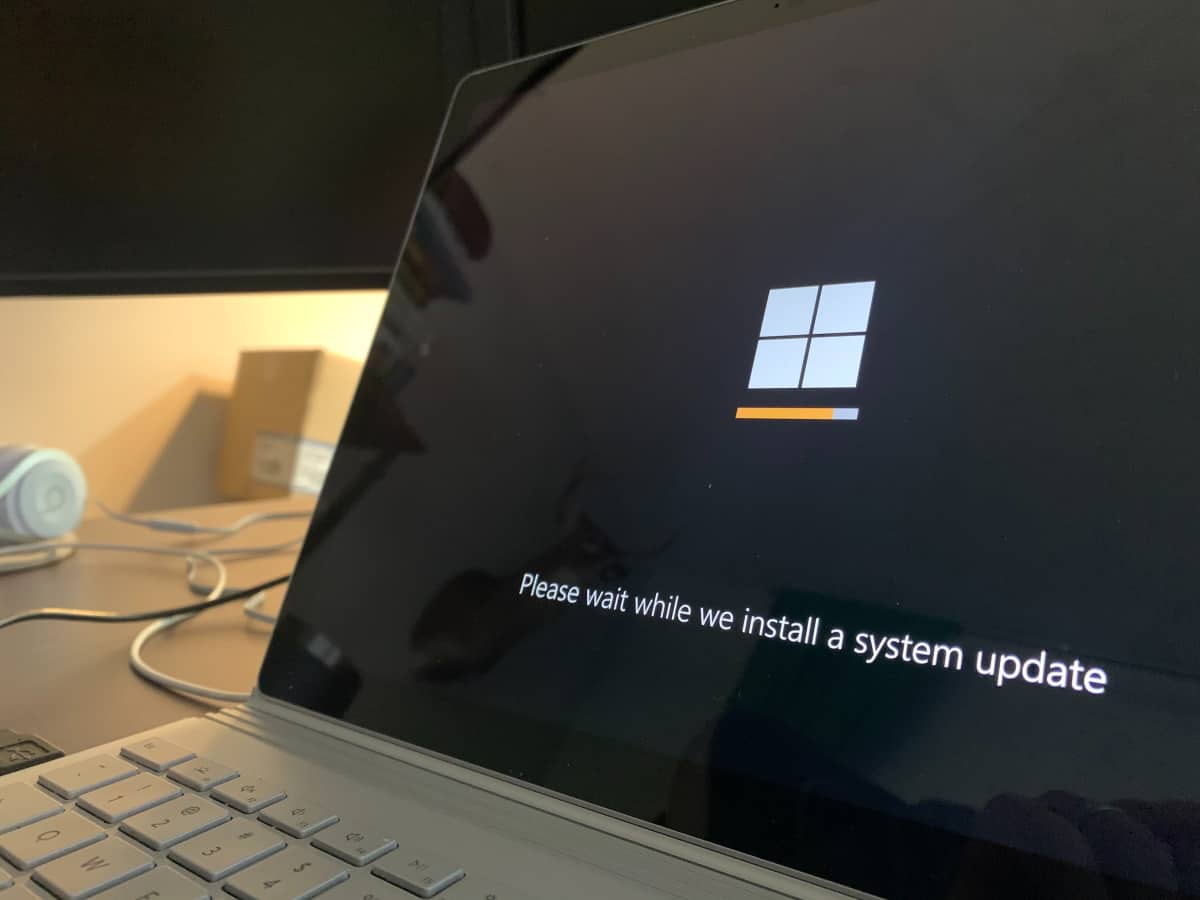
New Security Feature in Edge Aims to Combat Deceptive Scareware Tactics
New Security Feature in Edge Aims to Combat Deceptive Scareware Tactics
Microsoft has rolled out a new security feature for its Edge browser designed to combat scareware—a type of malware that manipulates users into revealing personal or financial information through intrusive full-screen alerts and flashing banners. This release aims to enhance protection, particularly for less savvy internet users who may find themselves overwhelmed or confused by these deceptive tactics.
First introduced at the 2024 Ignite Conference in November, the scareware blocker employs advanced machine learning techniques that operate locally on users’ devices, emphasizing privacy by not sending any data to the cloud. The blocker assesses full-screen pages against thousands of sample scans to identify potential threats. If a page is flagged as suspicious, Edge automatically exits the full-screen view, halts audio playback, and alerts the user, providing a thumbnail image of the page for further evaluation.
Users who want to activate this feature need to ensure Edge is fully updated and that previews are enabled. This process can be initiated by navigating to the “Help and Feedback” section and downloading the latest version. Once set up, the scareware blocker is accessible under the 'Privacy, Search, and Services' menu.
Notably, this new feature differs from Microsoft's existing SmartScreen utility, which relies on a cloud database of reported threats and may not detect unreported scareware attempts. In conjunction with utilizing the scareware blocker, Microsoft recommends that users maintain up-to-date antivirus solutions and software to bolster overall security against various online threats.
As cyberspace evolves, innovative features like this scareware blocker reflect a growing focus on user safety in the digital landscape. Microsoft’s initiative could potentially set a precedent for other browsers that have yet to implement similar protective measures against such deceptive schemes.
More like this
-
Apple releases macOS 14.2.1 Sonoma and iOS 17.2.1 updates
 Apple releases macOS 14.2.1 Sonoma and iOS 17.2.1 updatesRead more
Apple releases macOS 14.2.1 Sonoma and iOS 17.2.1 updatesRead more -
Microsoft confirms Microsoft 365 service degradation for 1% of Chrome users
 Microsoft confirms Microsoft 365 service degradation for 1% of Chrome usersRead more
Microsoft confirms Microsoft 365 service degradation for 1% of Chrome usersRead more -
Firefox adds option to remove 'List All Tabs' button after user backlash
 Firefox adds option to remove 'List All Tabs' button after user backlashRead more
Firefox adds option to remove 'List All Tabs' button after user backlashRead more -
Windows 10: issue prevents certain apps from launching from non-admin accounts
 Windows 10: issue prevents certain apps from launching from non-admin accountsRead more
Windows 10: issue prevents certain apps from launching from non-admin accountsRead more -
Update for Windows Update adds end-of-support actions
 Update for Windows Update adds end-of-support actionsRead more
Update for Windows Update adds end-of-support actionsRead more





